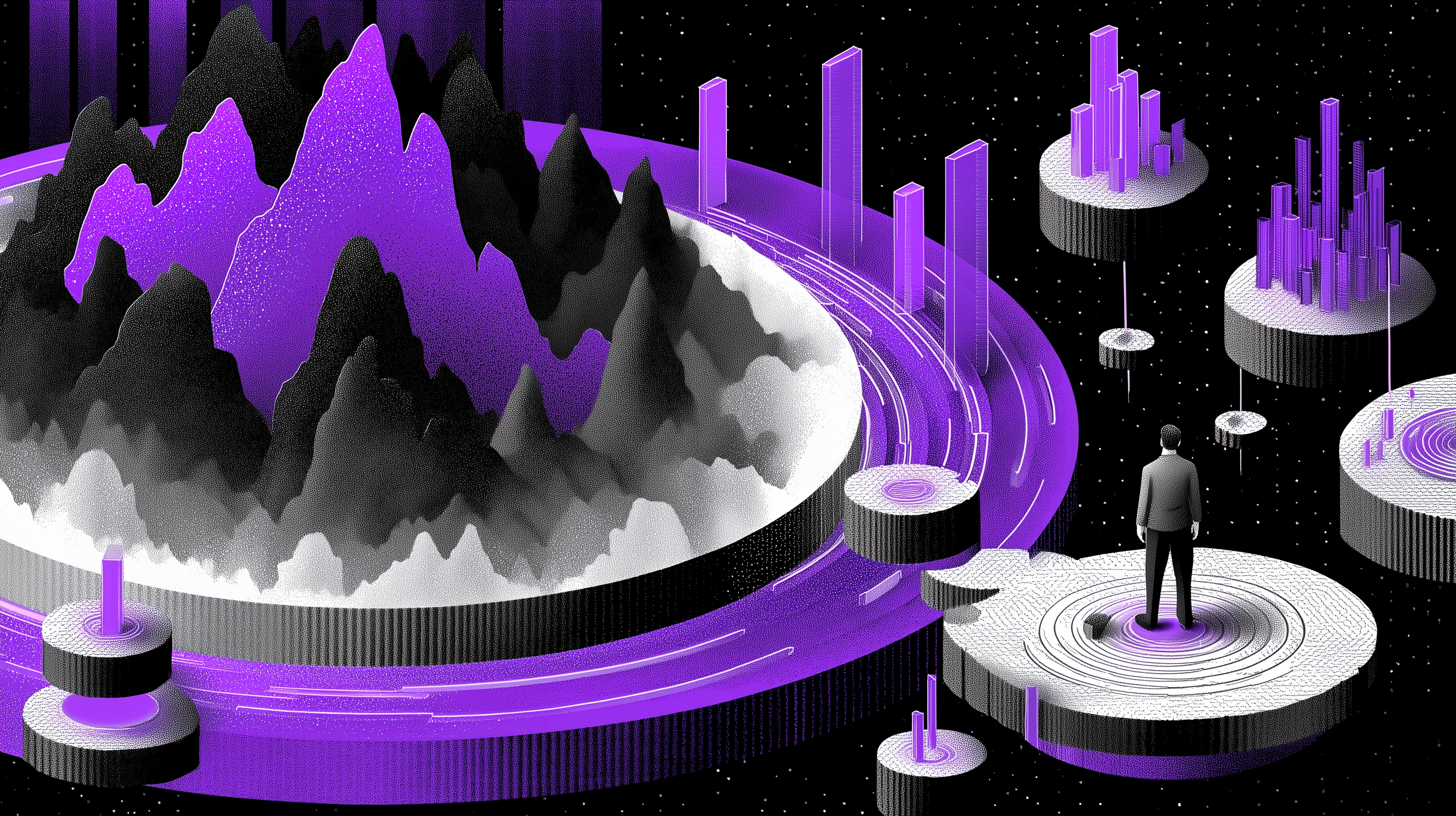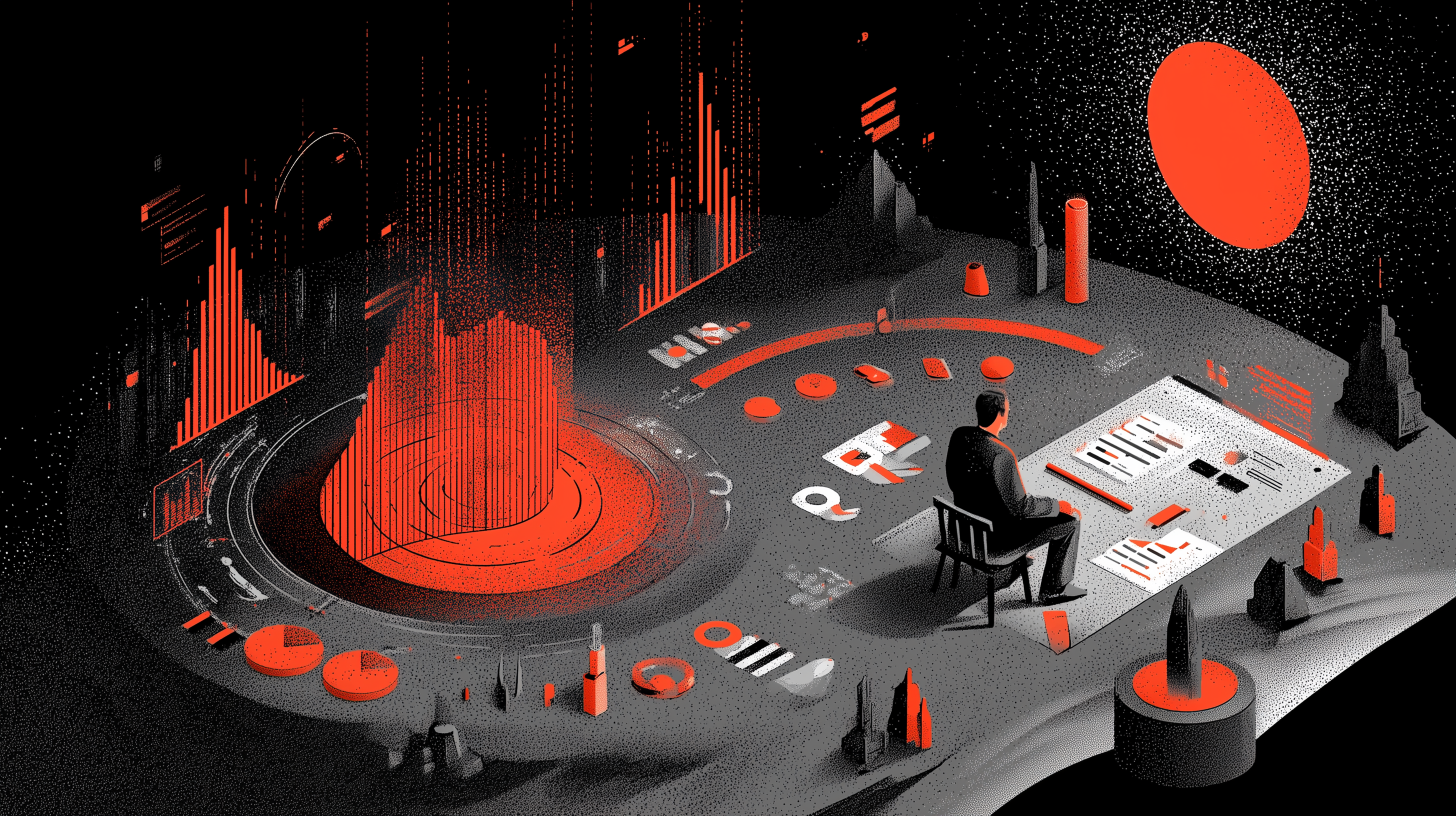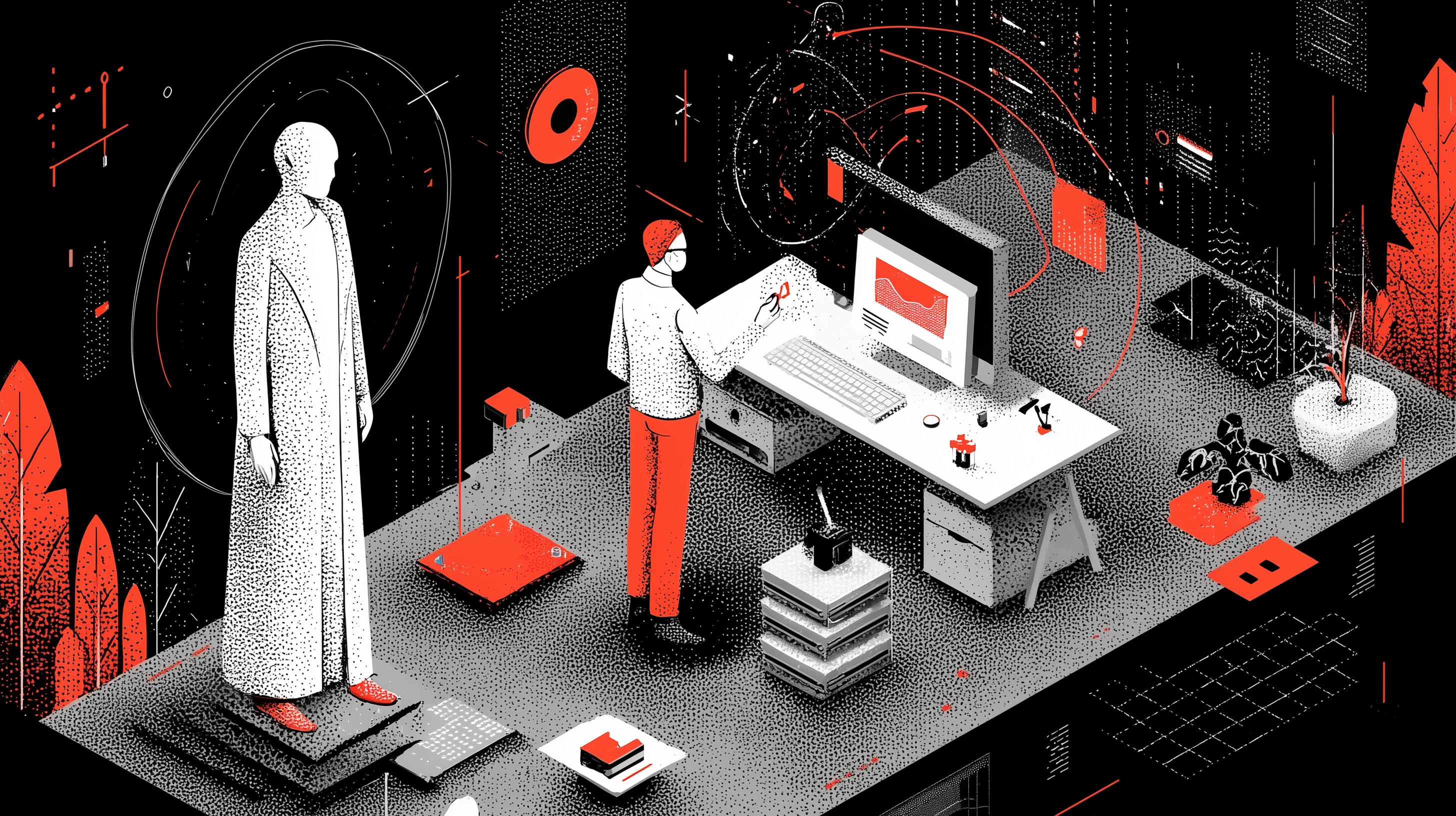Generative AI vs Analytical AI: what are the differences for marketing teams?

Understanding the Differences Between Generative AI and Analytical AI for Marketing Teams and How to Combine Them Effectively
Why AI Is Transforming Modern Marketing Strategy
Artificial intelligence (AI) has become a cornerstone of modern marketing. Yet behind this term lie two very different approaches: analytical AI and generative AI. One analyzes and predicts based on data; the other creates new content from it.
For marketing teams, understanding this distinction has become strategic. Recent studies from WARC show that most brands are now experimenting with generative AI tools, often alongside existing analytical models. This marks a true paradigm shift: marketers are learning to combine predictive analytics with creative automation, while still defining the boundaries and best uses of each technology.
Analytical AI vs. Generative AI: Two Distinct Approaches
Analytical AI: Understanding and Anticipating
Analytical AI relies on machine learning algorithms and statistical models to analyze vast amounts of data and extract insights. It helps identify customer segments, model buying behaviors, measure ROI, and optimize marketing budgets.
According to Thomas H. Davenport, analytical AI enables organizations to understand the past in order to make better decisions about the future. It is the foundation of data-driven marketing, ensuring that decisions are anchored in measurable indicators rather than intuition.
Generative AI: Creating and Inspiring
Generative AI, by contrast, uses models trained on billions of data points to produce entirely new content—text, images, video, and sound. Tools such as ChatGPT, Midjourney, and Runway are now common in marketing teams.
As outlined in What’s Working in Generative AI by WARC, the most common use cases include copywriting, creative versioning, and cross-channel content adaptation. The goal is no longer just to understand the market but to produce faster and at scale while maintaining brand consistency.
Where analytical AI seeks to describe reality, generative AI seeks to simulate or enhance it.
Why This Distinction Matters for Marketers
Failing to distinguish between analytical and generative AI often leads to flawed strategies. Many companies expect generative AI to “think” or “decide” like analytical AI, even though these two technologies serve different purposes.
Analytical AI remains the backbone of data-driven marketing strategies. It helps identify high-value customer segments, predict sales, and objectively evaluate campaign performance. These use cases validated by the Harvard Business Review and SpringerLink rely on turning historical data into predictive, measurable decisions.
Generative AI, meanwhile, acts as a creative and production engine. According to WARC, its most common applications include content creation, visual design, and multi-channel adaptation. These tools enable marketers to personalize messaging, generate creative ideas at scale, and speed up content workflows all under human supervision to ensure brand and legal compliance.
As Kolawole Adebayo wrote in Forbes, “marketing leaders chasing instant ROI from generative AI often miss the real opportunity: combining analytical and generative intelligence.”
Complementary, Not Competing
In a modern marketing workflow, the two types of AI are inseparable.
- Analyze before creating: Analytical AI identifies trends, audience preferences, and past performance, feeding data to generative tools.
- Assist creation: Generative AI transforms those insights into creative concepts, visuals, or text.
- Measure and adjust: Analytical AI then measures the impact of the generated content and optimizes future efforts.
This continuous loop analysis, generation, measurement is at the heart of “AI-augmented marketing.”
Toward a Hybrid Model of AI-Powered Marketing
The future of marketing is not about choosing between analytical and generative AI but about orchestrating their interaction.
Analytical AI helps understand weak signals, predict trends, and allocate resources efficiently.
Generative AI amplifies creativity, accelerates production, and enables mass personalization.
This hybrid model aligns speed and relevance powered by data but guided by human strategy.
How to Integrate Analytical and Generative AI into a Marketing Workflow
- Map internal needs: Identify where data is missing (analytical) and where content creation is bottlenecked (generative).
- Build a reliable data pipeline: The quality of prompts depends directly on the quality of input data.
- Ensure human validation: Every AI-generated asset should be reviewed and verified before publication.
- Measure and iterate: Feed performance data back into analytical models to improve future campaigns.
- Train hybrid teams: Tomorrow’s marketers must combine data fluency with creative adaptability.
Platforms like MTM make this integration seamless by combining analytical insights, creative asset management, and validation workflows in one place. MTM enables marketing teams to centralize data, automate repetitive tasks, and coordinate collaboration between humans and AI, ensuring consistency and governance across every stage of production.
The Next Challenge: Generative Engine Optimization (GEO)
With the rise of AI-based search engines such as ChatGPT and Gemini, a new field has emerged: Generative Engine Optimization (GEO).
GEO focuses on optimizing a brand’s visibility within AI-generated responses rather than traditional search results. According to Wikipedia, it involves “adapting content so that it can be correctly understood, summarized, and cited by generative models.”
That requires clear, factual, well-structured writing the same qualities that underpin an effective blend of analytical and generative AI.
Toward Data-Driven and Creativity-Enhanced Marketing
Analytical AI and generative AI are not opposing forces but complementary levers. The former provides data-driven rigor, while the latter unlocks creative power. Together, they enable marketing teams to move faster, think smarter, and better understand their audiences.
The marketing of tomorrow will be hybrid rooted in data, amplified by creativity, and guided by ethical governance.
Companies that master this duality with integrated platforms like MTM will hold a lasting competitive advantage in the evolving landscape of AI-powered marketing.
FAQ
1. What is the difference between analytical AI and generative AI?
Analytical AI analyzes data to extract insights; generative AI creates new content from that data.
2. Can generative AI replace marketers?
No. It assists marketers, but human creativity and oversight remain essential.
3. How can both types of AI be combined effectively?
Use analytical AI to understand and generative AI to produce, in a continuous feedback loop of testing and optimization.
4. What are the main risks of generative AI?
Biases, factual inaccuracies, copyright issues, and lack of human review.
5. What is GEO (Generative Engine Optimization)?
It’s the practice of optimizing content so that AI search engines like ChatGPT or Gemini can correctly interpret and cite it.
Sources
- Davenport, T. & High, P. (2024) – How Gen AI and Analytical AI Differ — and When to Use Each. Harvard Business Review.
- WARC (2024) – What’s Working in Generative AI. Global study on generative AI adoption in marketing.
- WARC (2024) – How to Establish Responsible AI Usage in the Marketing Function.
- Hardcastle, K. (2024) – How Marketers Can Navigate GenAI Complexities. Newcastle Business School.
- Adebayo, K. S. (2025) – Marketing Leaders Are Chasing GenAI ROI, But Most Are Missing the Mark. Forbes.
- SpringerLink (2024) – Generative vs Analytical AI: Performance and Productivity Impacts in Marketing.
- Reuters (2024) – IBM Says Use of Adobe AI Tools in Marketing Boosted Productivity.
Other Posts

Where should applied ai intervene to maximize the impact of marketing campaigns ?

How AI agentizes market data to write strategic pre-creation recommendations.

